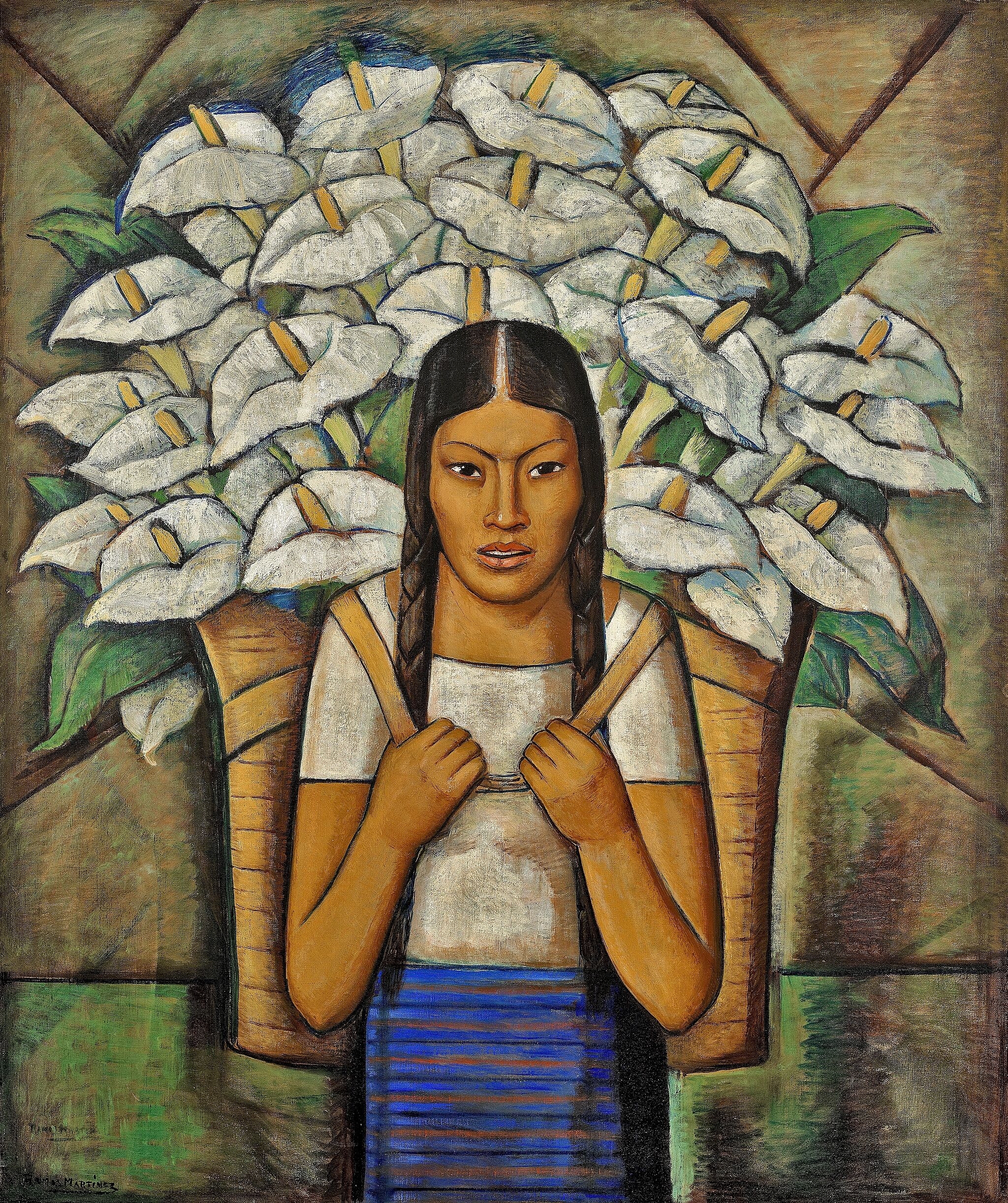The Abelardo L. Rodriguez Market | Vida Americana: Mexican Muralists Remake American Art, 1925–1945
Mar 2, 2020
Journey through the halls of Mexico City's vibrant Abelardo L. Rodriguez Market and get up close to murals produced by a group of ten American and Mexican artists.
The most important Mexican urban renewal project of the 1930s, the Abelardo L. Rodriguez Market—named in honor of the revolutionary general who served as the country's president from 1932 to 1934—was designed as a cultural and educational space, housing not only a market but also a daycare center, theater, pharmacy, dance hall, and library.
In 1934, Mexico City's Public Works Department commissioned a series of murals to cover the market's interiors. Of the ten artists contracted for the project, four were American (Pablo O'Higgins, the sisters Marion and Grace Greenwood, and Isamu Noguchi) and six were Mexican (Ramón Alva Guadarrama, Ángel Bracho, Raúl Gamboa, Antonio Pujol, Pedro Rendón, and Miguel Tzab Trejo—all former assistants to Diego Rivera).
Although prompted to positively portray the production and distribution of food and promote the importance of hygiene and health, several of the artists expanded the directive, choosing instead to create epic scenes depicting the social and economic injustices suffered by agricultural and urban workers at the hands of capitalists, as well as "the machinery of war, coercion, and bigotry."

